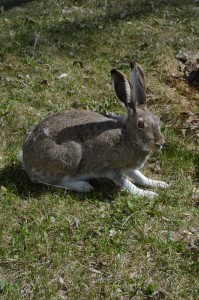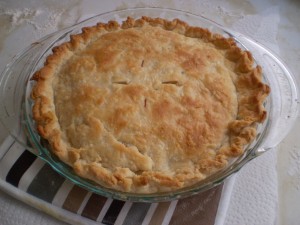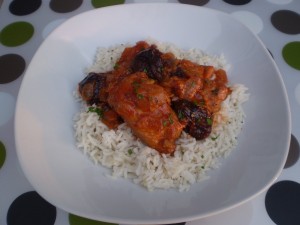In my experience rabbit is usually hatcheted into quarters and saddle, as described (and lamented) in this post.
One year Lisa and I were in Piedmont in northwestern Italy in September, and it seemed that every restaurant was serving rabbit, and all of them had boned-out the entire animal, then rolled it into a cylinder and braised it, usually in Nebbiolo wine. It’s a beautiful, thoughtful way to prepare the animal. At first it didn’t make sense to me: I was hung up on theoretics, asking ridiculous questions like, “Won’t the tiny, slender loin get over-cooked before he belly tenderizes?” This might be true of pork, but I can tell you from empirical study that it is not an … Continue reading.



